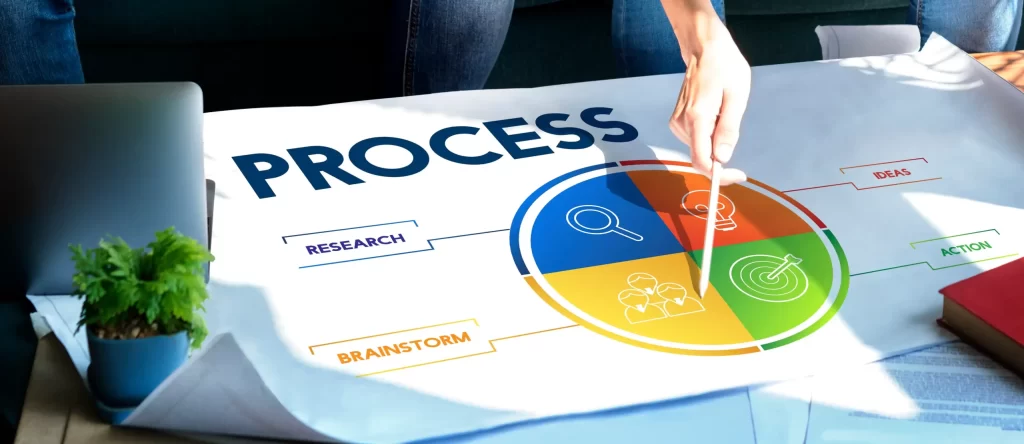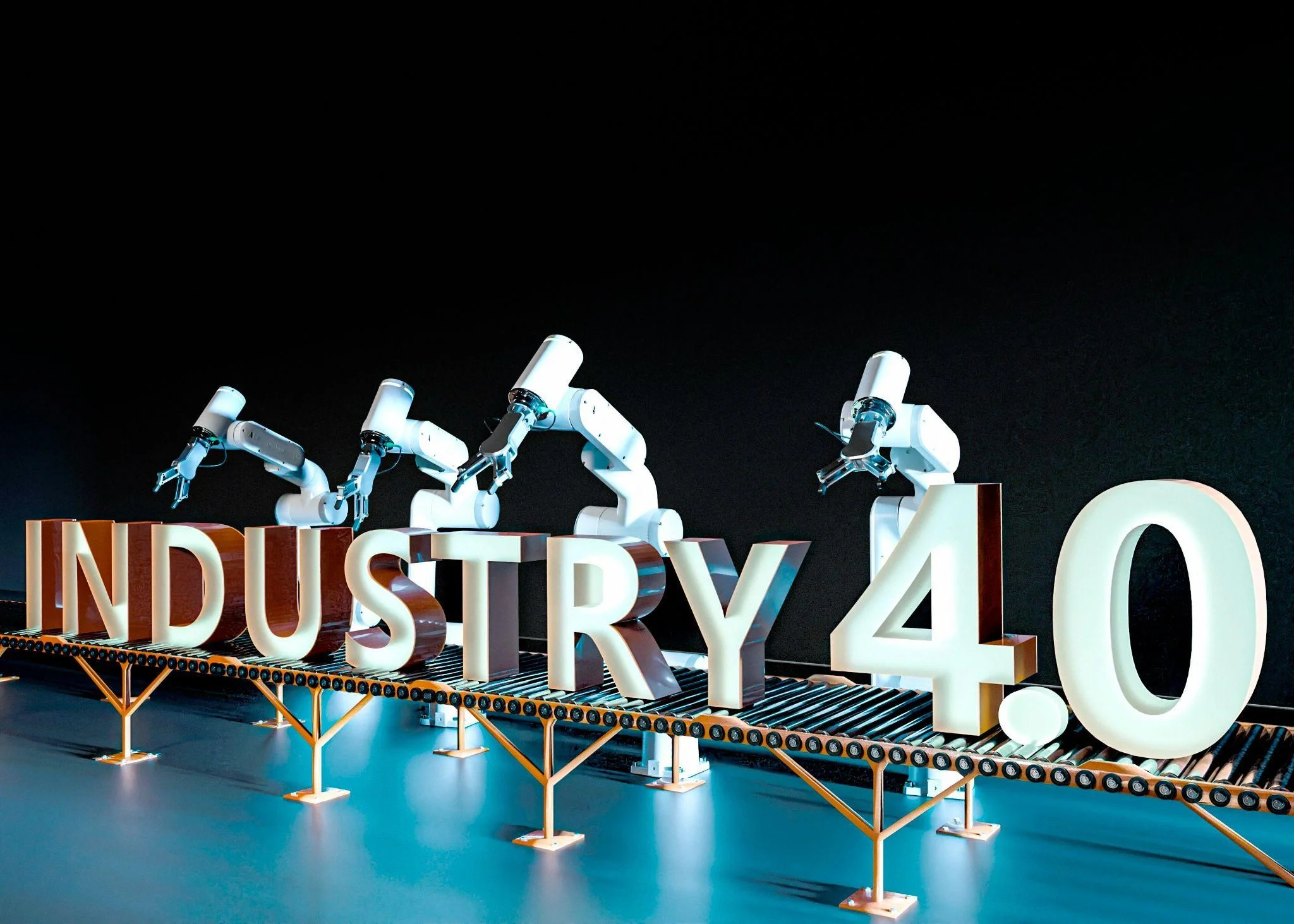Guide to Selecting the Right Software Development Methodology
Author: Inza Khan
01 July, 2024
The app development process can be complex and challenging, especially at the outset when there are numerous options to consider. Therefore, it’s essential for the software development team to organize the workflow, define procedures, and determine the development steps. This is where software development methodologies play an important role.
Software development methodologies are frameworks that guide the development process, ensuring efficiency, quality, and alignment with business goals. Choosing the right methodology can significantly streamline the development process and enhance the performance of the final product in the market. Xorbix’s software development services focus on implementing these methodologies to ensure optimal results for your projects.
What is the Software Development Life Cycle (SDLC)?
Before exploring software development methodologies, it’s important to understand the Software Development Life Cycle (SDLC). SDLC is a structured process followed by software developers to design, develop, and maintain high-quality software. It encompasses the entire journey from initial planning to deployment and maintenance, ensuring that the software meets both business and user requirements.
The stages of SDLC include:
- This initial stage involves gathering and analyzing requirements from stakeholders and clients. It includes defining project scope, establishing goals, setting budgets, and creating timelines.
- Once the requirements are clear, software architects and UI/UX designers create the software architecture and design the user interface. Prototypes are developed and refined based on feedback.
- The QA (Quality Assurance) team tests the software to identify and fix bugs. This stage ensures that the application is functional, secure, and meets quality standards.
- In the implementation phase, the software is prepared for release. Maintenance follows the release to ensure that the software remains relevant and effective.
- The final stage involves deploying the application to the market, making it available to users through app stores or other distribution channels.
Software Development Methodologies
Each methodology offers its own unique approach, guiding principles, and benefits.

1- Waterfall Methodology
The Waterfall methodology is a linear, sequential approach to software development where progress flows steadily downwards through phases: conception, initiation, analysis, design, construction, testing, deployment, and maintenance.
Example:
A government project developing a regulatory-compliant healthcare information system.
Benefits:
- Provides clear project phases and well-defined milestones.
- Offers a structured and predictable process.
- Easy to manage due to its rigidity.
Challenges:
- Limited flexibility for changes once development starts.
- High risk of customer dissatisfaction if requirements are misunderstood initially.
2- Agile Methodology
Agile is an iterative approach that focuses on collaboration, customer feedback, and small, rapid releases.
Example:
A startup developing a new social networking mobile app, iterating based on early user feedback. (read more about the mobile app development).
Benefits:
- Offers flexibility to respond to changes in requirements.
- Ensures early and continuous delivery of valuable software.
- Promotes customer satisfaction through rapid iterations.
Challenges:
- Requires a highly collaborative team.
- Lack of emphasis on documentation can lead to knowledge gaps.
3- Scrum
Scrum is an Agile framework that emphasizes iterative development, short cycles (sprints), and continuous improvement.
Example:
A tech company developing an e-commerce platform, releasing new features in short sprints.
Benefits:
- Improves teamwork and communication.
- Provides a clear focus on delivering high-value features early.
- Offers flexibility to adapt to changing requirements.
Challenges:
- Can be difficult to manage for inexperienced teams.
- Requires a Product Owner to manage and prioritize backlog.
4- Kanban
Kanban is a visual method for managing work as it moves through a process, focusing on limiting work in progress (WIP).
Example:
An IT support team managing incidents and requests, using Kanban to prioritize and visualize tasks.
Benefits:
- Optimizes workflow and reduces bottlenecks.
- Provides flexibility to reprioritize tasks quickly.
- Simple and easy to understand.
Challenges:
- Requires discipline to maintain WIP limits.
- May lack specific delivery timeframes.
5- Lean Development
Lean Development applies principles of Lean manufacturing to software development, emphasizing efficiency and waste reduction.
Example:
An automotive manufacturer using Agile and Lean principles to streamline production and reduce waste.
Benefits:
- Focuses on delivering maximum customer value.
- Reduces waste and improves efficiency.
- Supports continuous improvement and respect for people.
Challenges:
- Requires a cultural shift in organizations.
- May be difficult to implement in non-iterative projects.
6- DevOps
DevOps combines software development (Dev) and IT operations (Ops) to shorten development cycles and deliver high-quality software.
Example:
A team developing a new SaaS application, using DevOps to automate software delivery pipelines.
Benefits:
- Accelerates time to market.
- Enhances collaboration between teams.
- Provides continuous integration and deployment (CI/CD).
Challenges:
- Requires cultural changes and collaboration.
- Complex to implement in legacy environments.
7- Spiral Model
The Spiral Model is a risk-driven approach that combines elements of Waterfall and Prototyping models, allowing incremental releases based on risk assessment.
Example:
A project developing a satellite communication system, managing risks and evolving requirements in each spiral.
Benefits:
- Manages risks efficiently.
- Offers flexibility to changes in requirements.
- Emphasizes iterative development and customer feedback.
Challenges:
- Can be complex to manage and expensive.
- Requires good risk assessment skills.
8- Extreme Programming (XP)
Extreme Programming (XP) is an Agile methodology that emphasizes software quality and responsiveness to changing customer requirements.
Example:
A team developing software for a medical imaging device, using XP to ensure high-quality code and rapid response to regulatory changes.
Benefits:
- Improves software quality with pair programming and continuous testing.
- Allows for rapid response to changing requirements.
- Enhances developer productivity.
Challenges:
- Requires skilled and experienced developers.
- It can be challenging to implement in large teams.
9- Feature-Driven Development (FDD)
Feature-Driven Development (FDD) is an iterative and incremental software development methodology, focusing on delivering tangible, working software in short iterations.
Example:
A financial institution developing a new banking system, using FDD to develop and test each feature independently.
Benefits:
- Breaks down projects into manageable features.
- Ensures each feature meets business requirements.
- Supports continuous improvement and feature delivery.
Challenges:
- Requires disciplined and experienced teams.
- May face challenges with large-scale integration.
10- Rapid Application Development (RAD)
Rapid Application Development (RAD) is an incremental software development process model that emphasizes rapid prototyping and iterative development.
Example:
A startup developing a new e-commerce platform, using RAD to quickly prototype and launch a minimum viable product (MVP).
Benefits:
- Quickly prototypes and releases minimum viable products (MVPs).
- Allows for rapid iteration and improvement based on user feedback.
- Shortens development time and lowers costs.
Challenges:
- Can lead to scope creep without proper management.
- May lack emphasis on long-term maintainability.
Choosing the Right Methodology
When selecting a software development methodology, consider the specific needs and context of your project. It’s essential to understand that no single methodology is a one-size-fits-all solution. Each has its unique strengths and weaknesses that make it suitable for different scenarios.
Combine and Adapt
Often, the best approach is to combine elements from various methodologies to create a hybrid model tailored to your team’s needs. For instance, you might use Agile for its flexibility, integrate Scrum for structured sprints, and employ Kanban’s visual management to track progress.
Key Considerations:
- Project Requirements: Are they well-defined or likely to evolve?
- Team Structure and Experience: Does your team have the necessary skills and experience for the chosen methodology?
- Stakeholder Involvement: How frequently will stakeholders need updates and involvement?
- Timeline and Budget: What are the project’s time and budget constraints?
By carefully considering these factors and understanding the strengths and weaknesses of each methodology, you can make an informed decision that aligns with your project goals and team dynamics.
Conclusion
At Xorbix Technologies, we know that no single solution suits all projects. Our team is skilled at combining different methodologies to create a custom model that fits your needs. Whether you need the flexibility of Agile, the structured sprints of Scrum, or the visual tracking of Kanban, we can enhance your workflow and efficiency.
We consider key factors like project requirements, team skills, stakeholder involvement, and timeline and budget constraints to choose the best approach. With this focus, Xorbix provides a development strategy that aligns with your project goals and team dynamics, ensuring a smooth and efficient process.
Working with Xorbix helps you achieve high-quality, timely, and successful software development. Our commitment to delivering value to your users and stakeholders makes us the right partner for your software development needs.




